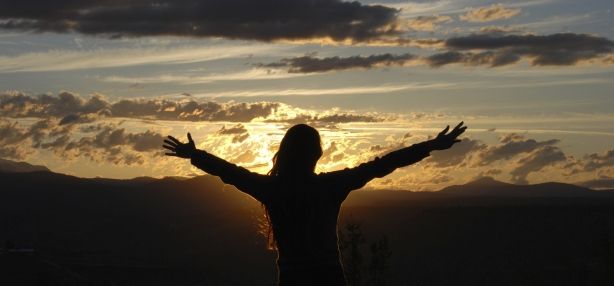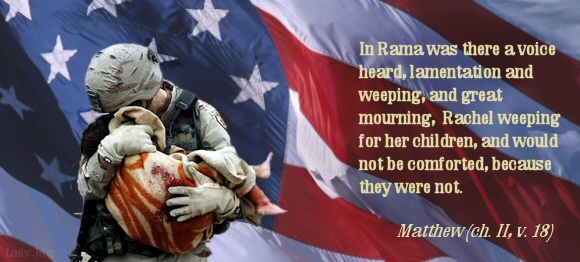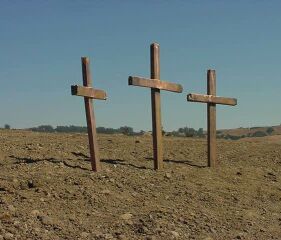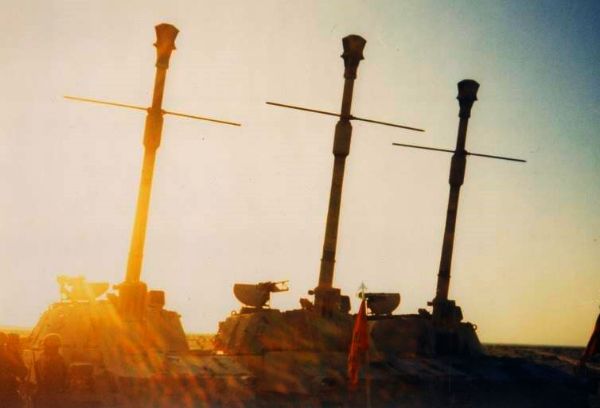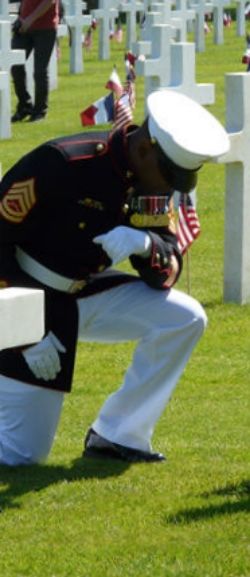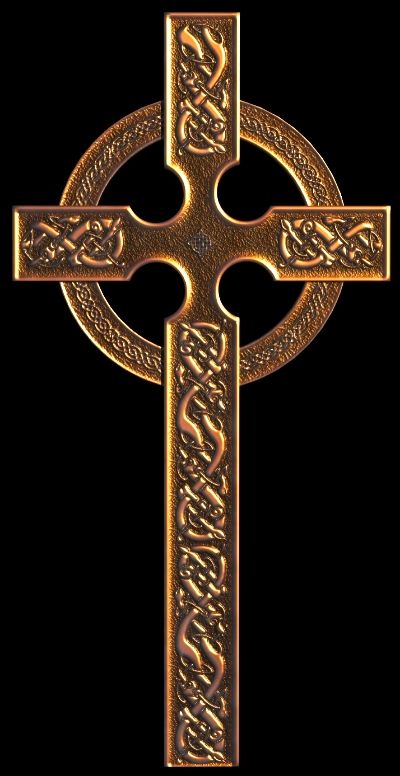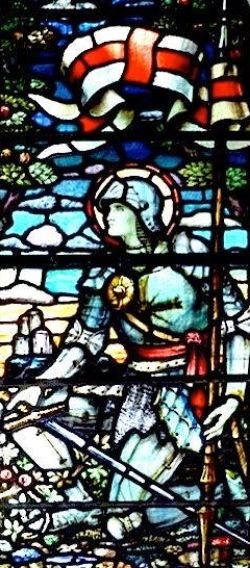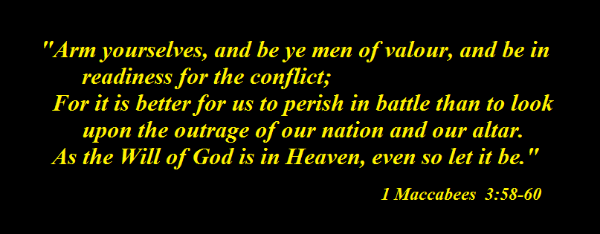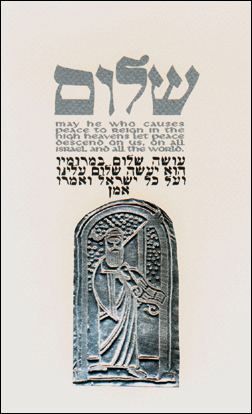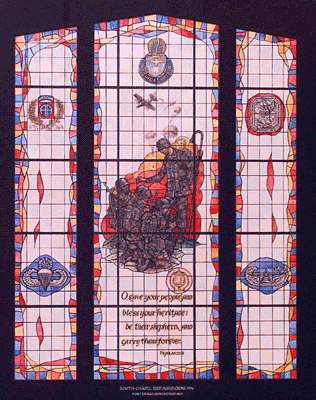Why did Jesus come to Earth before the invention of photography and video? Couldn't He have reached more people if everyone could see Him? After all, a picture is worth a thousand words.
"No," says Ravi Zacharias, who asserts that a word can be worth "a thousand pictures." As evidence, he quotes poet Richard Crashaw's magnificent line, "The conscious water saw its Master and blushed." In one simple line, Crashaw captures the essence of Jesus' first miracle (John 2:1-11). Creation itself recognizes Jesus as the Creator. No mere carpenter could turn water to wine.
Another time, when Christ calmed a storm with the words, "Quiet! Be still," His stunned disciples asked, "Who is this? Even the wind and the waves obey him!" (Mark 4:39, 41). Later, Jesus told the Pharisees that if the crowd did not praise Him, "the stones will cry out" (Luke 19:40). Even the rocks know who He is.
John tells us, "The Word became flesh and made his dwelling among us. We have seen His glory" (John 1:14). Out of that eyewitness experience John also wrote, "We proclaim to you the one who existed from the beginning, whom we have heard and seen. . . . He is the Word of life" (1 John 1:1 nlt). Like John, we can use our words to introduce others to Jesus whom wind and water obey.
Andrew (Simon Peter's brother) and an unnamed disciple--who most scholars believe to be John, the son of Zebedee and the author of the fourth gospel--were already followers of John the Baptist when Jesus arrived in Bethany (John 1:28, 35). After John the Baptist declared Christ to be "the Lamb of God, who takes away the sin of the world" (v. 29), he nudged his two young followers to instead take their place as followers of Jesus (v. 37). A consistent feature in John's gospel record is that he doesn't name himself. This is one of the reasons many believe he was the disciple who joined Andrew in following Christ.




